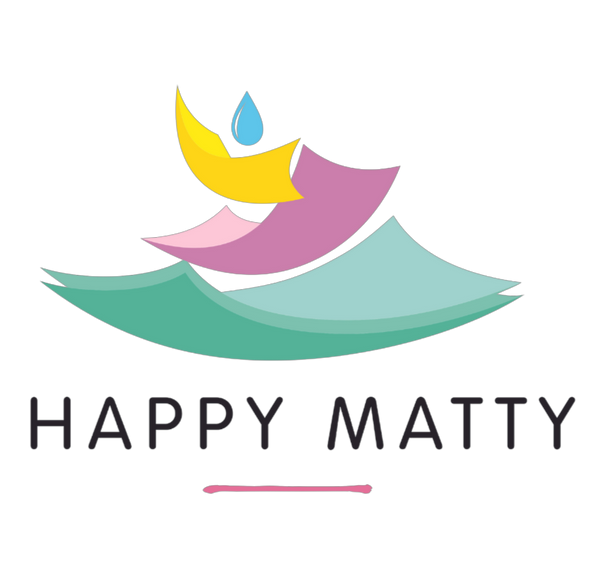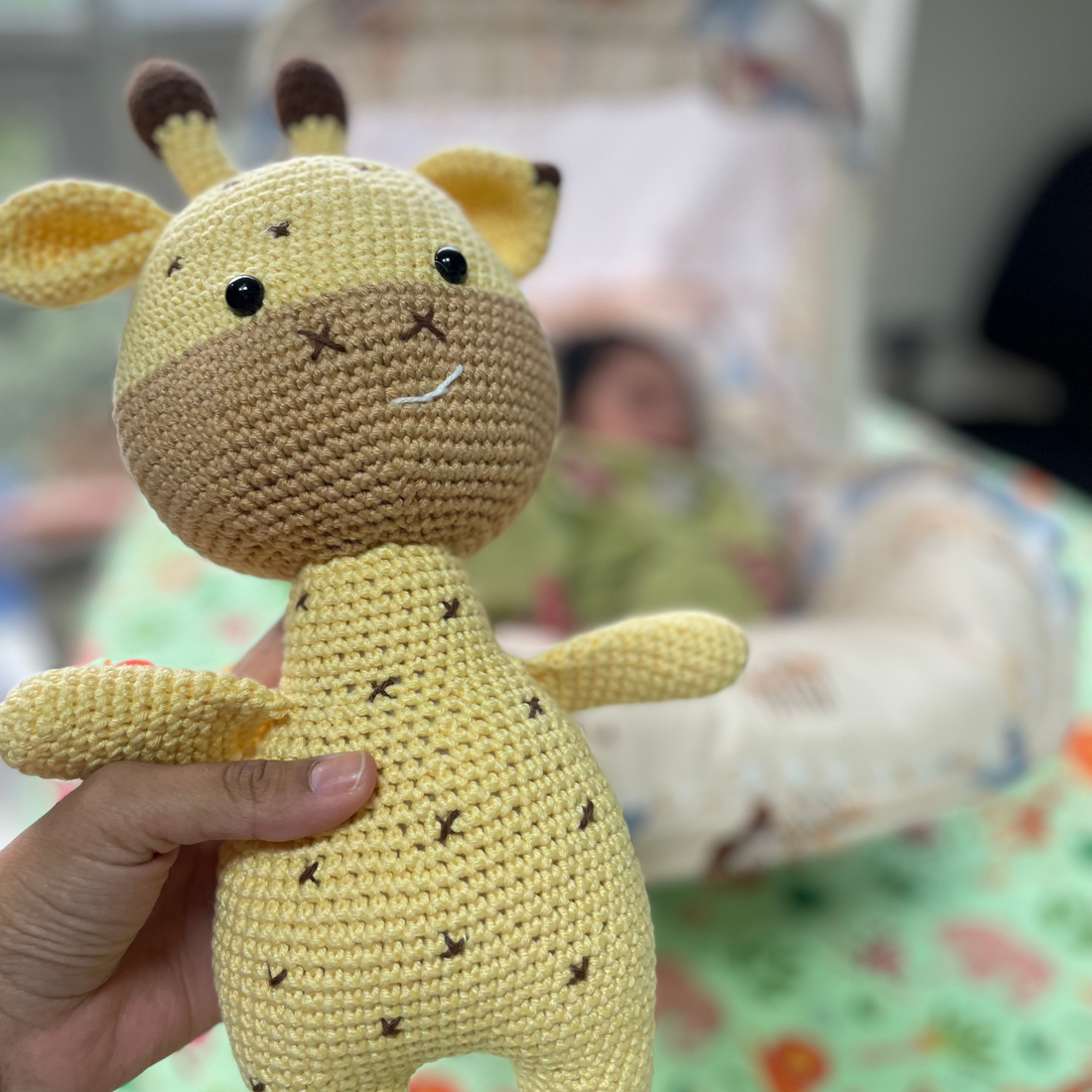There’s something about a giraffe toy—those long limbs, the graceful neck, and the whimsical spots—that instantly calls to the imagination of a child. But the giraffe, as a toy, wasn’t always the soft, cuddly companion we see in nurseries today. Its journey began far before mass production and modern baby boutiques, rooted deeply in cultures that saw toys not just as amusements, but as handcrafted treasures, each with a heartbeat of its own.
In the earliest days, handmade giraffe toys were carved from wood or stitched with coarse, homespun fabric. They were shaped by village artisans, often using materials that were locally available—recycled cloth, straw, even rough clay. The giraffe symbolized something magical to children. Its towering neck and peaceful demeanor made it an ideal friend—silent but watchful, always standing tall.
Parents at the time didn’t choose toys based on brand recognition or color palette. They picked what was made with love and what felt right in their hands. Each giraffe toy was a one-of-a-kind creation, passed from hand to hand, sometimes generation to generation, a soft echo of the past in every stitch.
Craftsmanship in Transition: When Art Met Industry
As the world shifted towards industrialization, so too did the toy world. The quiet rhythm of handmade sewing gave way to factory lines. Plush animals, including giraffes, began to be mass-produced, losing a bit of their individuality in exchange for scalability. Suddenly, toys were uniform. Predictable. You could walk into a department store and find rows of identical giraffes smiling up at you.
To many, this seemed like progress. And in many ways, it was. More children now had access to toys, regardless of class or geography. But something irreplaceable was being nudged aside: the soul of a toy born from human hands, with tiny imperfections that made each one unique.
Parents began to notice this, particularly those who had grown up with handmade toys themselves. The longing for meaningful, mindful items began to bubble beneath the surface again. And then, something beautiful happened—craft began to make a comeback.
A New Wave of Handmade: The Rise of the Boutique Toy
The past decade has seen a quiet rebellion against soulless plastic. In nurseries across the world, a softer aesthetic has begun to take root—one inspired by natural textures, muted tones, and organic charm. Handmade giraffe toys have returned, not as relics, but as cherished symbols of intentional parenting.
These aren’t just toys anymore. They’re heirlooms in the making.
Brands like Happy Matty have stepped into this evolving landscape with grace, embracing the old-world values of craftsmanship while blending them with the needs and aesthetics of modern parents. Their handmade giraffe toys reflect an artistry that doesn’t scream for attention—it simply charms with every detail.
Soft organic cotton replaces synthetic fibers. Non-toxic dyes offer safety without compromising on beauty. And the forms themselves? Each giraffe is thoughtfully designed—not just to delight, but to nurture. The textures, the stitch lines, the comforting weight—all of it speaks to a deep understanding of what babies respond to and what parents value.
From Imagination to Innovation: Modern Designs that Still Feel Personal
While traditional handmade giraffe toys celebrated simplicity, today’s designs stretch a little further. They’re not just cute—they’re functional. Sensory development has become a priority in design. That means textured spots, floppy ears, and limbs that crinkle or rattle gently when moved. But the core philosophy remains unchanged: toys should be safe, soulful, and sweet.
What’s particularly remarkable is how today’s artisans—like the team behind Happy Matty—manage to blend innovation with nostalgia. Modern giraffe toys might come with matching accessories or even soft bedding sets, creating a cohesive nursery look. But they never stray far from that handmade charm. They’re still stitched by real people. Still inspected for quality by eyes, not just machines. And still designed to last, in both form and emotional value.
Parents today often speak about wanting toys that “tell a story.” It’s not about the latest trend or the flashiest feature. It’s about connecting with something that feels honest. Something that isn’t disposable. When a parent chooses a Happy Matty giraffe, they’re choosing sustainability. They’re choosing beauty. And they’re choosing to be part of a quiet movement—a return to care and craft in an age of speed.
Emotional Connection: Why Handmade Still Matters
There’s science, and then there’s sentiment. And when it comes to handmade giraffe toys, both play an equal role.
Studies have shown that babies form emotional attachments to soft toys not just because of texture, but because of the consistency and sensory familiarity. When a giraffe toy is handmade, it often exudes a natural softness and warmth that machine-made items simply can’t replicate. The stitching isn’t perfect, but that imperfection is what creates identity. No two are the same, and that distinction is what gives rise to “favorites.”
But beyond the child’s bond lies the parent’s perspective. Imagine gifting your newborn a giraffe that was made slowly, lovingly, without haste or compromise. There’s a deeper peace in that choice—a kind of silent agreement between creator and parent that says, “Only the best will do for this little soul.”
This is why brands like Happy Matty don’t mass-produce joy. They shape it, piece by piece.
Parenting with Purpose: What the Giraffe Toy Represents Today
Parenthood today is a complex tapestry of choices. Every item that enters your baby’s world is carefully considered—what it’s made of, who made it, how long it will last, what message it sends.
And somewhere between the eco-conscious bibs and the thoughtfully designed crib sheets sits a little giraffe, quietly doing its job. It's no longer just a toy. It's a reminder of simpler times and better choices. A bridge between tradition and the present moment.
Handmade giraffe toys, especially those crafted with purpose by brands like Happy Matty, have become a kind of parenting shorthand. They say: I care about what touches my baby’s skin. I value artistry. I want more than convenience—I want connection.
And in this way, giraffe toys have evolved not just in material, but in meaning. They now represent a deeper shift in how we approach childhood, embracing softness over speed, meaning over mass production.
The Gentle Future: Where We Go from Here
So where does the handmade giraffe toy go from here? Forward, gently.
As more parents step away from the fast lane of factory-made childhood and lean into mindful living, these lovingly crafted toys are no longer niche—they’re becoming the new norm. People are recognizing that a toy can be a teacher, a comforter, and a keepsake all in one. And in the giraffe’s graceful frame, there’s space for all of that.
In nurseries where natural light spills across wooden floors and linen curtains flutter, you’ll often find a little giraffe nestled among blankets. Its stitched smile isn’t the result of a mold. It’s the result of human hands.
And that, in today’s world, is perhaps the most powerful statement a toy can make.
Suggested Reading: Eco-Friendly Mattress Protectors: A Sustainable Choice for Modern Sleepers
A Soft Spot for Happy Matty
If you're searching for the kind of giraffe toy that your child will not only cherish now but remember years down the line, Happy Matty offers something truly special. Their designs don’t chase trends—they create timeless companions. With soft textures, baby-safe materials, and a gentle aesthetic that blends beautifully into any nursery, their handmade giraffe toys are a quiet celebration of everything that matters most: love, care, and comfort. Explore their world of thoughtfully made baby products at https://happymattystore.com/, where every stitch has a story.



